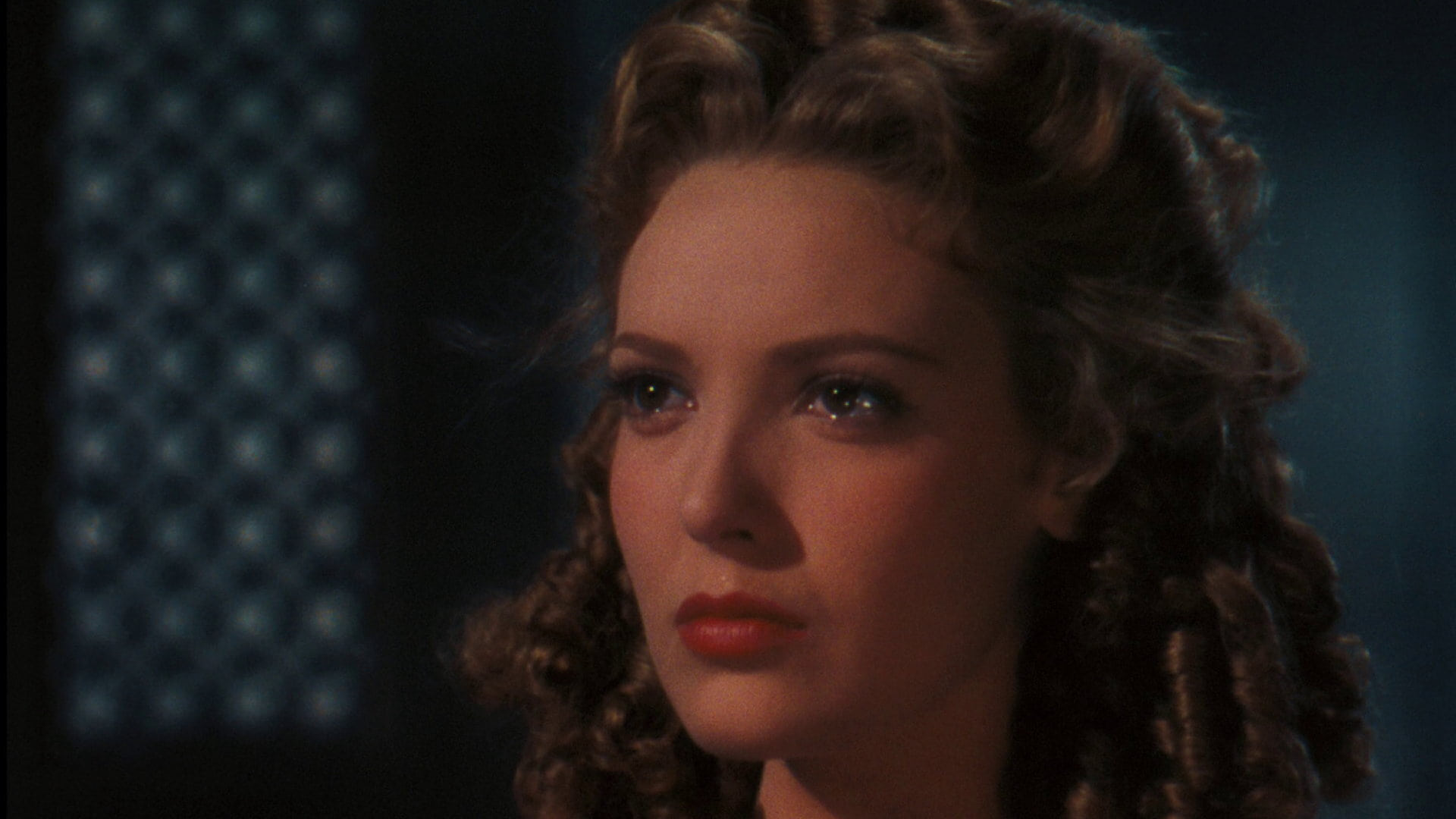


The question of whether or not Winsor’s depiction of 17th-century England was accurate was a critical one in the 1948 decision against Massachusetts Attorney General George Rowell’s ban on Forever Amber. Sova observes, “Throughout the novel, Amber uses her sexuality to achieve her aims, actions befitting the times as portrayed in a novel in which most of the characters ignore traditional morality and use any means to achieve their ambitions.” Novelist Barbara Taylor Bradford, in her foreword to the most recent edition of Forever Amber, echoes the idea that the book’s worst crime was being set in an indecent age: “In a curious way, I think those critics of long ago were really reviewing the Restoration Period itself, and not the story Kathleen Winsor wrote.” In Literature Suppressed on Sexual Grounds, author Dawn B. Clare does “smell ’em out,” bedding one man after another throughout the story as she utters lines like “Adultery’s no crime - it’s an amusement” or “I’m somebody now! I’ve lain with the King!” Clare,” a townsperson says of her in the first chapter, “if ever there’s a man about, you may be sure she’ll come along! I think she can smell ’em out!” Unsurprisingly, Miss St. Better yet, Winsor’s main character, Amber St.

Much like Margaret Mitchell’s Gone with the Wind of eight years earlier, readers devoured the epic story of a flawed heroine encountering hardship and falling in love during a historic period of intense tribulation.

In spite of reviewers writing that it was “without any literary distinction,” Forever Amber was a hit. Winsor signed copies of Forever Amber from Boston to Atlanta donning chic attire, and glamorous shots of the author accompanied her book’s promotional materials. The novel was published by Macmillan in 1944, and her publishers sent Winsor on a 10-day promotion tour that was “almost unprecedented for a first-book author,” according to LIFE magazine. Once she began writing, she tracked her time, logging almost 5,000 hours to write five drafts. She claimed to have read 356 books on the Restoration Period before working on Forever Amber. When she was 19 years old, she married her college sweetheart Robert Herwig, and his senior thesis on Charles II put Winsor in the vicinity of literature on the king and his tumultuous period that included the Great Plague and the Great Fire of London. Winsor had never written a novel before setting out to pen a sprawling story of Restoration London. Kathleen Winsor, the author of the first bodice-ripper, Forever Amber, became a fast celebrity, and her book’s sales climbed even higher after states began banning it. It came in the form of a steamy historical novel north of 900 pages and packed with promiscuity. In the midst of the second World War, American housewives - and likely their husbands - found a titillating distraction from the distressing news of combat overseas.


 0 kommentar(er)
0 kommentar(er)
